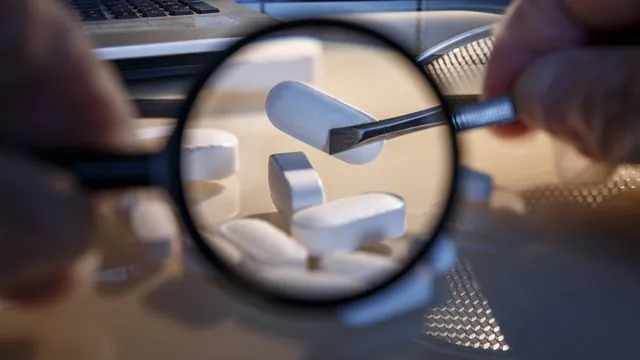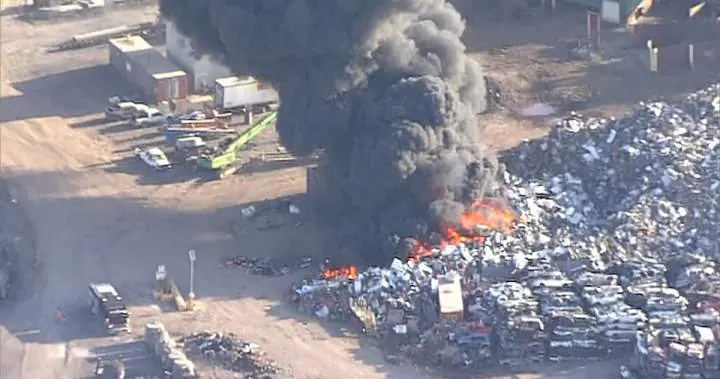
Exciting Discovery: Scientists Find A New Mineral on Mars!
2025-08-11
Author: Charlotte
In a groundbreaking revelation, researchers have possibly identified a new mineral on Mars, hinting that the red planet's surface may be undergoing more significant changes than we ever imagined. While the appearance of Mars is well-documented, understanding its true chemical makeup has long been a daunting challenge for scientists.
A recent study has unveiled that this mysterious mineral is linked to an unusual layer of iron sulfate, marked by a distinct spectral signature. Led by astrobiologist Janice Bishop from the SETI Institute, the research team’s findings were published in *Nature Communications* on August 5.
The newly detected mineral, a rare ferric hydroxysulfate, was found in the vicinity of Valles Marineris, the colossal canyon that stretches along Mars’ equator. This area, believed to have once supported flowing water, could hold crucial insights about the natural forces that have sculpted the Martian landscape and whether it ever harbored microbial life.
Sulfur is a prevalent element on both Mars and Earth, often combining with other elements to form sulfate minerals. These components dissolve easily in water, yet, due to Mars' long dry spell, they have likely remained intact on the surface since the planet lost its liquid water. Analyzing these minerals could provide vital clues regarding Mars’ early environmental conditions.
Focusing their efforts on sulfate-rich regions near Valles Marineris, the research team identified areas emitting unusual spectral signals from orbit, along with distinct geological features and layered sulfate deposits. In one specific locality, they found complex deposits of polyhydrated sulfates, which were positioned beneath layers of monohydrated and ferric hydroxysulfates.
In their lab experiments, the ferric hydroxysulfate detected on Mars was shown to require the presence of oxygen for its formation, a process that simultaneously releases water. Moreover, high-temperature conditions suggest volcanic activity could be the mineral’s source, further highlighting its potential novelty.
Bishop emphasized the significance of their lab-produced material, noting its unique crystal structure and thermal stability suggest it might be an entirely new mineral. However, a formal recognition awaits until the mineral is identified on Earth.
This isn't the first time that scientists have hinted at discovering new minerals on Mars. Back in March 2025, Roger Wiens, a Mars exploration expert, led NASA’s Perseverance rover in targeting unusually pale rocks with a laser, revealing high aluminum levels associated with kaolinite—a mineral typically formed under warm, moist conditions. This revelation suggested that Mars may have once been much more Earth-like than previously thought.
With each discovery, we unravel the incredible complexities of Mars, further igniting our fascination with the red planet and the possibilities it holds for the past, present, and future.









 Brasil (PT)
Brasil (PT)
 Canada (EN)
Canada (EN)
 Chile (ES)
Chile (ES)
 Česko (CS)
Česko (CS)
 대한민국 (KO)
대한민국 (KO)
 España (ES)
España (ES)
 France (FR)
France (FR)
 Hong Kong (EN)
Hong Kong (EN)
 Italia (IT)
Italia (IT)
 日本 (JA)
日本 (JA)
 Magyarország (HU)
Magyarország (HU)
 Norge (NO)
Norge (NO)
 Polska (PL)
Polska (PL)
 Schweiz (DE)
Schweiz (DE)
 Singapore (EN)
Singapore (EN)
 Sverige (SV)
Sverige (SV)
 Suomi (FI)
Suomi (FI)
 Türkiye (TR)
Türkiye (TR)
 الإمارات العربية المتحدة (AR)
الإمارات العربية المتحدة (AR)